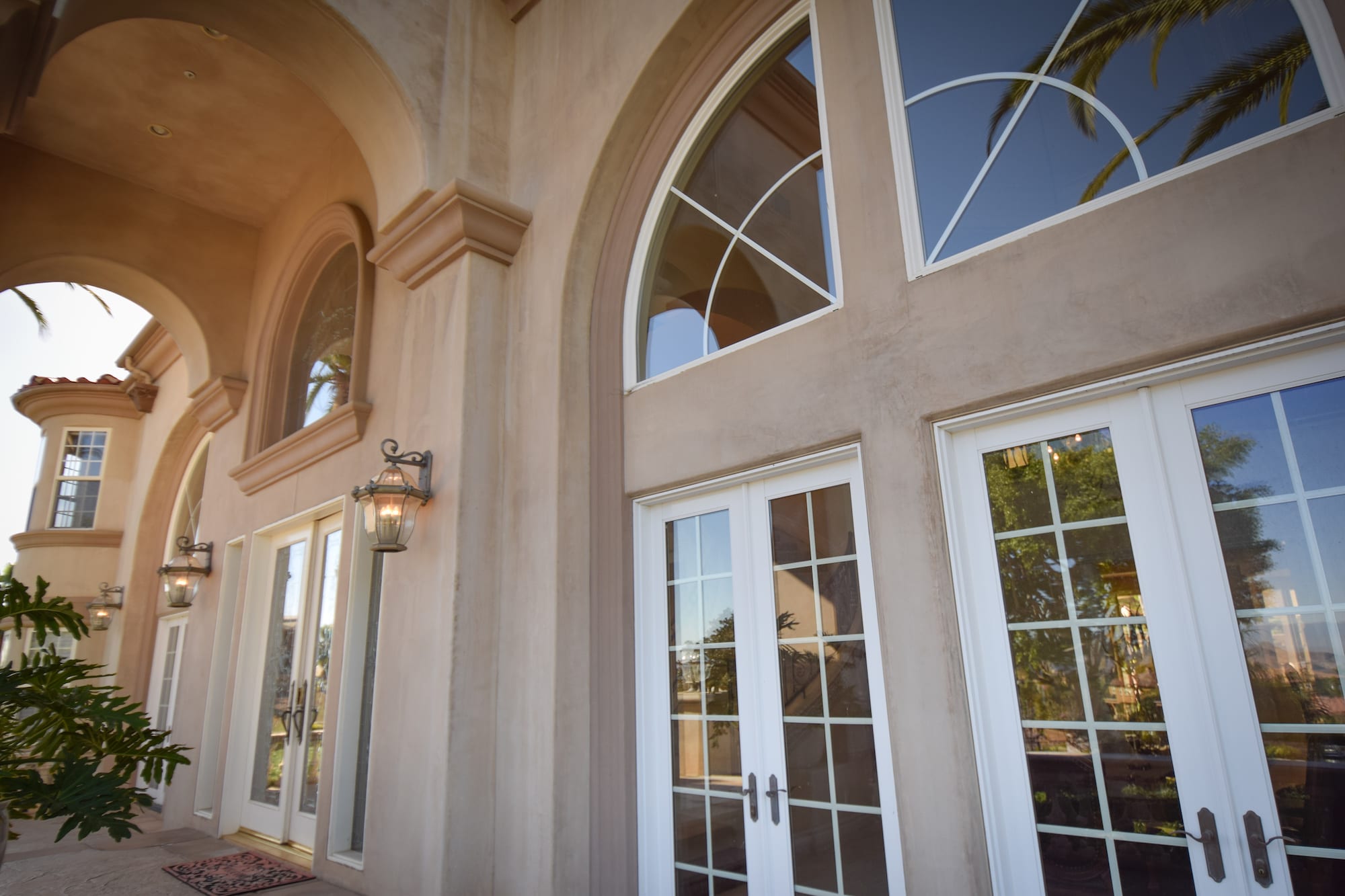Exactly How Residential Home Window Tinting Boosts Your Home's Power Effectiveness
Residential home window tinting provides an engaging option for homeowners seeking to improve energy performance within their home. By applying specialized films to windows, it successfully decreases warmth transfer, consequently supporting interior temperature levels and decreasing the requirement for extreme home heating or air conditioning. This not just cuts power usage however additionally supplies a more comfortable setting by reducing glare. However, recognizing the subtleties of exactly how tinting jobs and picking the appropriate kind for your home can be crucial. Curiously, what aspects should one consider before making this financial investment?
Comprehending Window Tinting
Understanding window tinting is important for homeowners looking for to improve both comfort and energy effectiveness in their space. Residential Window Tint. Home window tinting involves the application of a thin film to the inside or exterior surface of glass windows. This movie can dramatically modulate the quantity of sunshine and heat that gets in a home, thus affecting indoor environment conditions
There are various types of window tinting films readily available, each with distinct homes. The efficiency of window tinting is frequently determined by its Visible Light Transmission (VLT) portion, which indicates just how much light can pass via the film.
Benefits of Energy Effectiveness
Home window tinting not only enhances looks but additionally plays a significant role in improving energy effectiveness within residential rooms. By lowering warm transfer through windows, tinted movies develop a more stable interior climate, which can bring about substantial decreases in power intake for heating and cooling. This power performance equates right into reduced energy expenses, offering property owners with considerable lasting cost savings.

In addition, window tinting enhances the comfort of living rooms. By minimizing glow and obstructing dangerous UV rays, colored home windows produce an even more pleasant environment, which can bring about boosted wellness for owners. The protection versus UV rays additionally assists protect furnishings and floor covering from fading, adding to the durability of house things.
How Tinting Works
Tinting films run via a combination of innovative products and innovations made to control the quantity of solar power going into a home. Primarily made up of polyester, these movies frequently include metallic or ceramic particles that show and soak up warmth. This double capability allows them to significantly lower the infiltration of ultraviolet (UV) rays and infrared radiation while allowing noticeable light to go through.
The performance of window tinting is measured by its solar warm gain coefficient (SHGC), which suggests just how much he said solar power is sent via the home window. Reduced SHGC values are preferable as they represent higher warm being rejected. Additionally, window colors can feature a variety of shades, allowing home owners to personalize their visual choices while improving energy performance.
Moreover, these movies function as an obstacle, avoiding warm loss during cooler months by showing indoor warmth back right into the space. This thermal insulation effect complements the cooling benefits obtained throughout warmer months, adding to a well balanced indoor environment year-round. By managing solar energy efficiently, household window tinting not just boosts convenience but additionally plays a vital role in reducing energy consumption and decreasing energy costs.
Choosing the Right Tint

There are various kinds of window movies offered, including colored, metalized, and ceramic. Ceramic movies provide superb heat control without jeopardizing exposure and are very long lasting, making them a preferred selection.
Noticeable light transmission (VLT) is another vital variable, as it shows the amount of natural light that can go through the tinted glass. House owners must choose a tint with a VLT that matches their lighting preferences while still providing appropriate glare decrease.
In addition, examining the solar warmth gain coefficient (SHGC) can assist identify just how well a color can obstruct heat from sunshine. A reduced SHGC indicates far better warmth control, eventually improving power performance.
Installation and Upkeep Tips
Appropriate installation and upkeep are crucial components in making best use of the benefits of household window tinting. Experts likewise make use of specialized tools and methods, which can enhance the toughness and effectiveness of the color.
Complying with installation, maintenance is necessary to lengthen the life of the window film. It is suggested to wait at the very least 30 days prior to cleansing the tinted windows to allow the sticky find more to treat completely.
Resolving these problems without delay can avoid further damage and keep power efficiency. By adhering to these setup and upkeep tips, home owners can guarantee their home window tinting continues to offer substantial power cost savings and convenience for years to come.
Final Thought
In conclusion, domestic window tinting offers as an effective option for enhancing power effectiveness within homes. By lowering warm transfer and obstructing hazardous UV rays, window movies add to decrease energy intake and improved indoor comfort. The choice of proper tinting products, in addition to proper installment additional reading and maintenance, additionally makes best use of these advantages. Inevitably, window tinting stands for a sustainable financial investment that not only decreases energy costs but additionally promotes a comfy living setting throughout the year.
Window tinting involves the application of a thin movie to the interior or exterior surface area of glass windows. By minimizing heat transfer with home windows, tinted movies create a much more stable indoor environment, which can lead to significant decreases in energy usage for home heating and cooling.The effectiveness of window tinting is gauged by its solar warm gain coefficient (SHGC), which suggests how much solar power is sent through the home window. By handling solar energy properly, property home window tinting not just enhances convenience yet likewise plays a crucial duty in reducing energy consumption and lowering energy bills.
By minimizing heat transfer and obstructing dangerous UV rays, home window films add to reduce energy usage and improved indoor convenience.